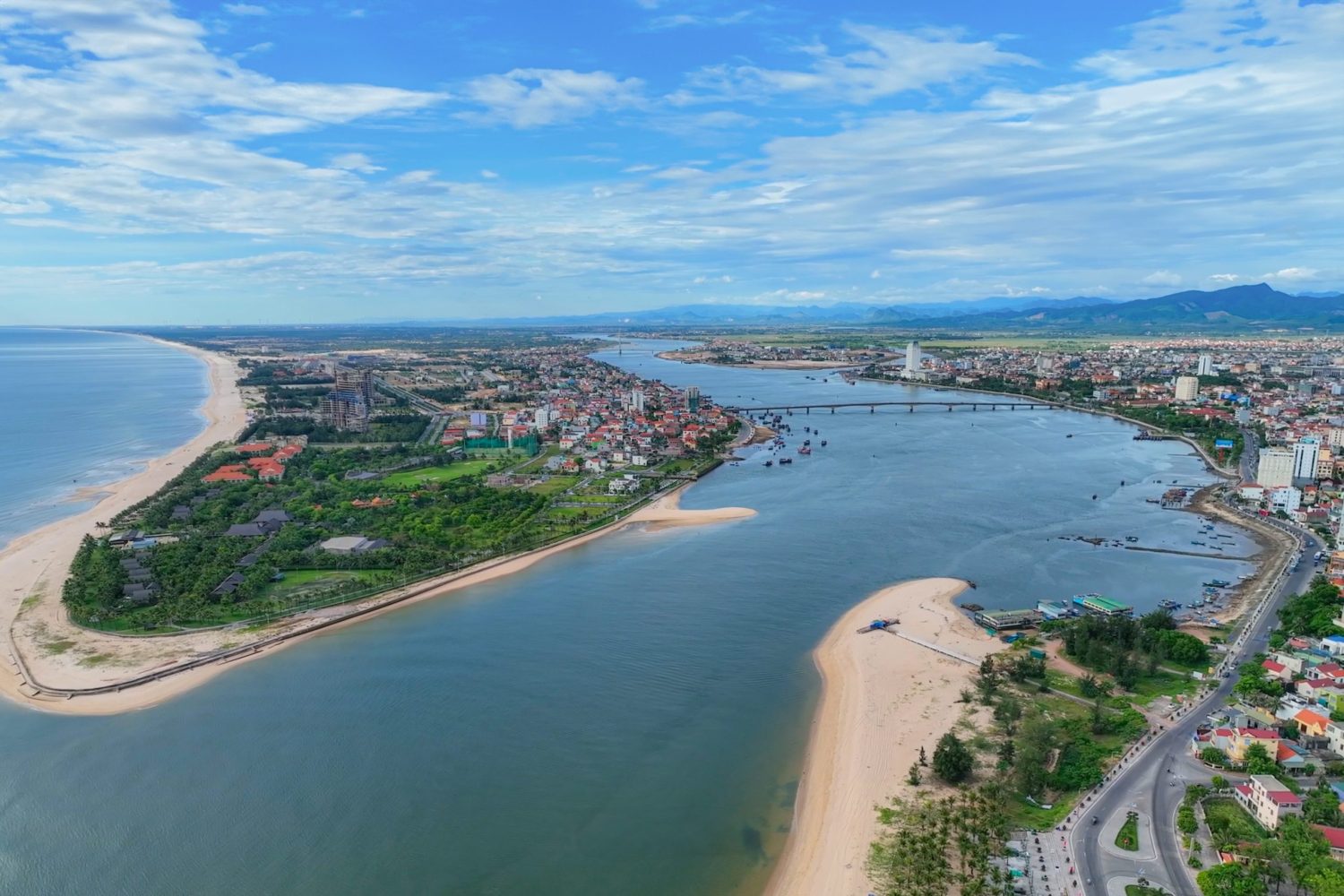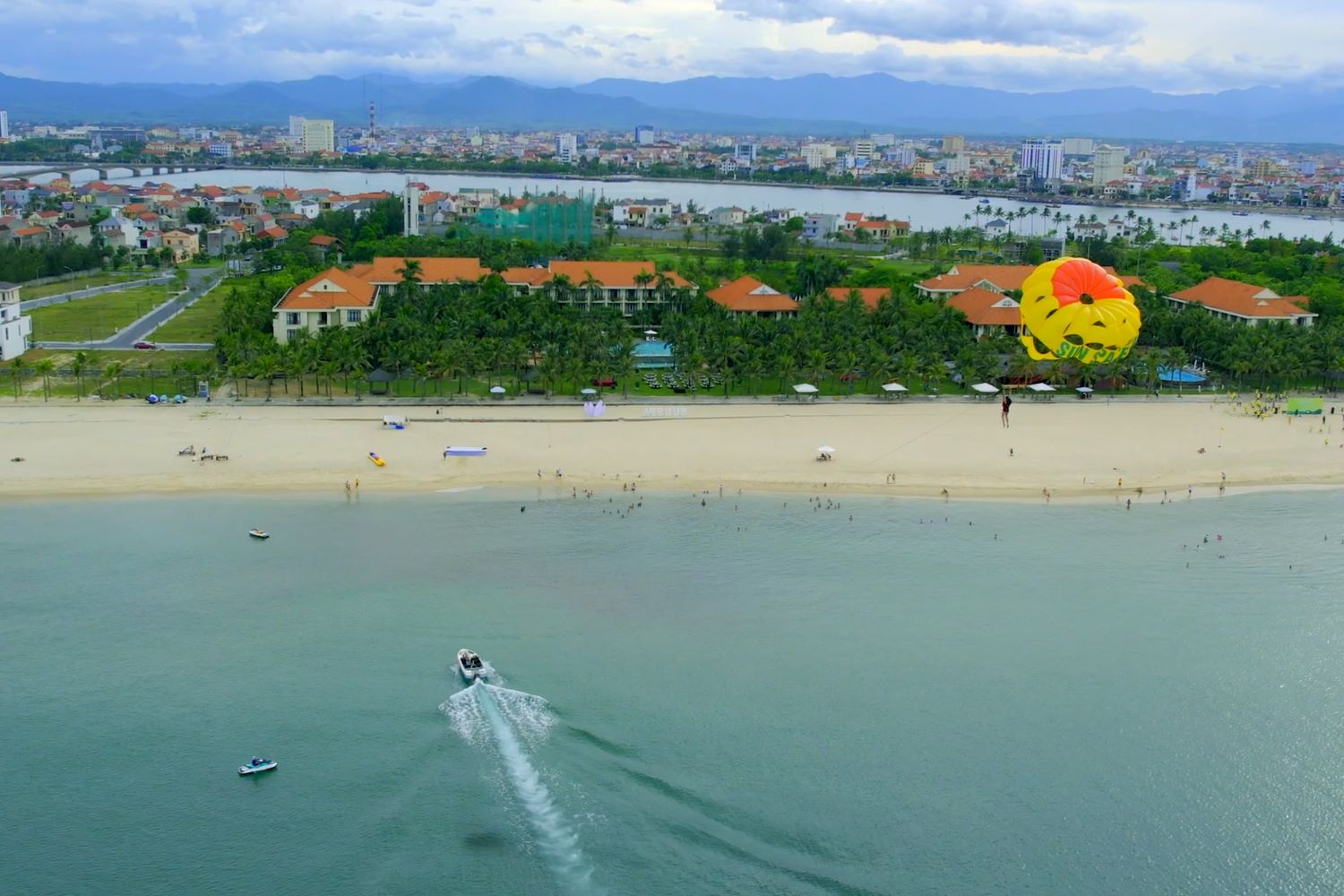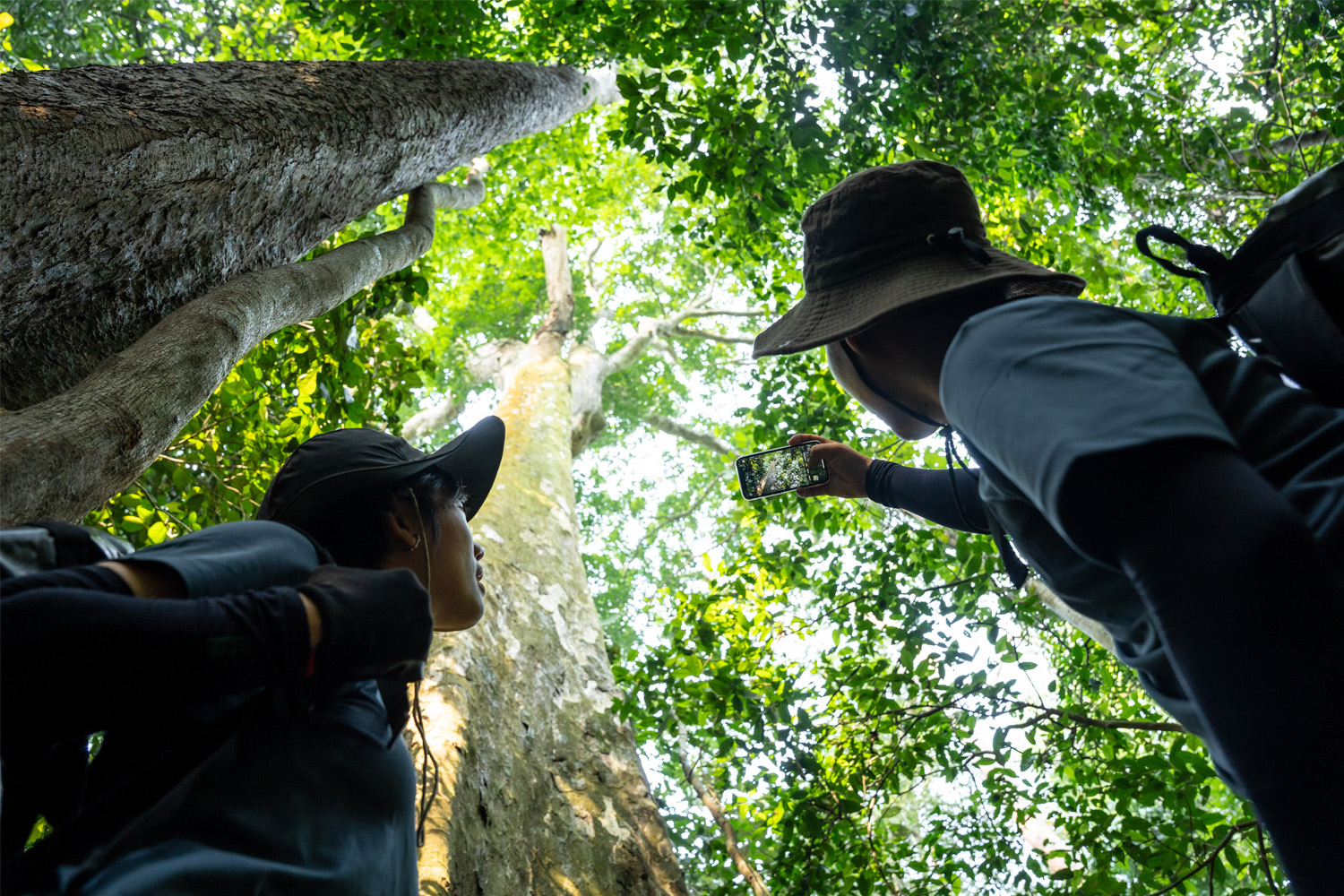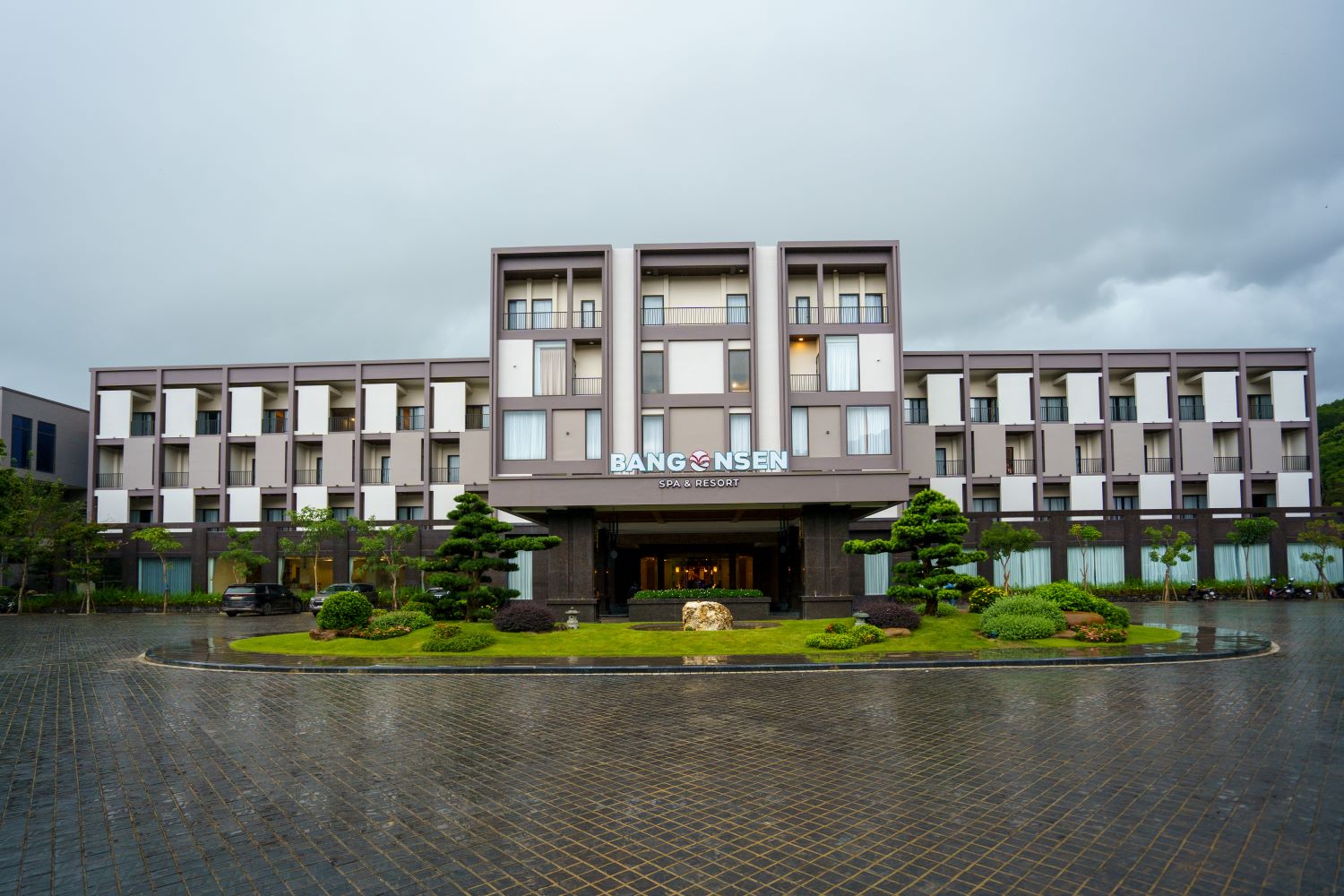History of Bao Ninh Peninsula
Bao Ninh Peninsula has a diverse and fascinating history, witnessing many significant changes and historical events. According to historical records, the present-day Bao Ninh area originally belonged to Dia Ly Prefecture of the Champa Kingdom. During the Ly Dynasty, it was part of Lam Binh Prefecture; under the Tran Dynasty, it belonged to Tan Binh Prefecture; during the Le Dynasty, it was under Tien Binh Prefecture. During the reign of the Nguyen Lords, it became part of Quang Binh Province. In 1851, during the reign of the 4th Nguyen Emperor, Tu Duc, it was under Phong Dang District, later renamed Quang Ninh Prefecture. During the French colonial period, all 8 villages on this sandy stretch belonged to Vo Xa Commune, Quang Ninh Prefecture.
After the August Revolution, local governance was established by the people, and the 8 villages on the Bao Ninh Peninsula were merged under a unified administration. On August 25, 1945, the Provisional Revolutionary People’s Committee of Truong Sa Commune was formed. By January 6, 1946, Quang Ninh District began restructuring its administrative divisions, renaming Truong Sa to Bao Ninh.
Today, Bao Ninh is a commune of Dong Hoi City, covering an area of 17.67 km² with a population of approximately 12,000 people, divided into 8 hamlets: Cua Phu, Dong Duong, Ha Duong, Ha Thon, Ha Trung, My Canh, Sa Dong, and Trung Binh.

Cultural and historical significance of Bao Ninh Peninsula
The peninsula represents the rich cultural and historical heritage of the region, with many valuable historical and cultural sites to explore. Due to its location near the mouth of the Nhat Le River, Bao Ninh was a crucial battleground during the 50-year-long Trinh-Nguyen Civil War. The Nguyen Lords recognized the strategic importance of Dong Hai (now Dong Hoi), which was also acknowledged by the Trinh Lords. As a result, thousands of Trinh troops were deployed to attack Dong Hai.
In 1630, Nguyen Hoang’s son, Nguyen Phuc Nguyen, following the advice of Dao Duy Tu, ordered the construction of Truong Duc Rampart, stretching 2,500 zhang (丈 – a traditional measurement equivalent to 4.7m) from Than Dinh Mountain to the Hac Hai Lagoon. In 1631, Nguyen Phuc Nguyen instructed Dao Duy Tu to extend the fortifications from the Nhat Le Estuary to Dau Mau Mountain:
“…the rampart stood 1.5 zhang high, reinforced with ironwood on the exterior and 5 layers of clay inside, strong enough for elephants and horses to pass through. It was built along the mountains and creeks, stretching over 3,000 zhang, with large cannons positioned at each zhang, and fortresses placed every 3 to 5 zhang, each equipped with a large-caliber gun.”
In 1633, Nguyen Phuc Nguyen further ordered General Nguyen Huu Dat to construct Truong Sa Rampart, also known as Sa Phu Rampart, on the right bank of the Nhat Le River. These fortifications formed an extensive and robust defensive system. Today, only a few remnants of these fortifications remain, the most visible being the sand dune where the Nhat Le Lighthouse stands.
Conservation of Bao Ninh Peninsula
Over time, Bao Ninh Peninsula has undergone rapid urbanization. To combat coastal erosion and the effects of climate change, local authorities and businesses have built a seawall along the peninsula’s head, extending along the Nhat Le River. Historical sites have been designated for preservation and restoration. Additionally, coastal forest plantations have been expanded to mitigate sand drift and provide protection against storms and strong winds for inland residential areas.
Activities and events in Bao Ninh Peninsula
Besides sightseeing, you can participate in various exciting activities such as scuba diving, fishing, or joining local festivals in Bao Ninh Peninsula.
Most residents of Bao Ninh still rely on the sea for their livelihood. The fishing season usually begins in the 7th lunar month. To mark the start of the season, the people of Bao Ninh Commune organize the “Cau Mua Festival,” which includes both ceremonial rituals to honor the sea gods and traditional folk performances such as “Mua Bong” and “Cheo Can.” At the end of the fishing season, around the end of the 7th lunar month, locals hold the “Hoi Trai Festival.” However, to align with the city’s and province’s event schedule, this festival is now often celebrated on April 30th on the Nhat Le River.
If you visit Dong Hoi during these times, you will have the chance to immerse yourself in the lively, colorful atmosphere of the festival and learn more about the customs and beliefs of Bao Ninh’s fishing community.
Guided tours in Bao Ninh Peninsula
For a more enriching experience, consider joining guided tours led by locals who have deep knowledge of the history and culture of the area. One recommended option is the cycling tour to explore Dong Hoi, which includes Bao Ninh as a stop, featuring visits to destinations such as the Wharf of Mother Suot and the Shrine of Whales.
How to get to Bao Ninh Peninsula
Located along the Nhat Le River in Dong Hoi City, Bao Ninh Peninsula is bordered by the sea to the east, the Nhat Le River to the west, and Gia Ninh Commune (Quang Ninh District) to the south. Today, 2 modern bridges—Nhat Le 1 and Nhat Le 2—connect the city center to Bao Ninh Commune, with a third bridge (Nhat Le 3) expected to be completed in the near future. These bridges make travel between both sides of the Nhat Le River convenient.
Within the Bao Ninh Peninsula, a well-developed road system has been established, including Vo Nguyen Giap Street, which extends from Nhat Le 1 Bridge to Quang Ninh District, Nhat Le Street along the riverbank, and Nguyen Thi Dinh Street running parallel to Vo Nguyen Giap, creating an interconnected transport network.
Nearby attractions and activities
The area surrounding Bao Ninh Peninsula is home to many historical and cultural landmarks that reflect the formation and development of Dong Hoi in particular and Quang Binh in general. Notable sites include the Bau Tro Archaeological Site, the Luy Thay Ancient Wall, the Tam Toa Church Bell Tower, Quang Binh Museum, Dong Hoi Citadel, Quang Binh Gate, and the Mother Suot Monument. Tourists can explore these attractions by renting electric cars, taxis, or bicycles.
Best time to visit Bao Ninh Peninsula
The best time to visit Bao Ninh Peninsula is during summer and autumn when the weather is warm and sunny. Unlike other areas in Quang Binh that experience extreme heat and dry sand dunes, Bao Ninh Peninsula enjoys pleasant weather, making it an ideal destination for relaxation. However, during winter and spring, staying at resorts and hotels in the area can still provide a comfortable experience for visitors.
Beaches in Bao Ninh Peninsula
Bao Ninh Peninsula features many stunning beaches, such as Bao Ninh Beach and Dong Co Beach, where you can relax and swim.
With its location bordering both the river and the sea, Bao Ninh boasts long stretches of white sandy beaches, perfect for swimming in the summer. Bao Ninh Beach, located behind Bao Ninh Square, is the main public beach, fully equipped with facilities such as restrooms, freshwater showers, changing rooms, seafood restaurants, souvenir shops, and recreational areas.
To ensure a safe environment for both locals and tourists, the Dong Hoi city government has built lifeguard stations and deployed rescue teams at Bao Ninh Beach. Additionally, several beach areas in front of resorts and hotels, such as Sun Spa Resort, Gold Coast, Cenila, and Regal Legend, are well-maintained and managed by private businesses.

Resorts and hotels in Bao Ninh Peninsula
This area offers a variety of luxurious resorts and comfortable hotels, ranging from beachfront resorts to mid-range accommodations.
Bao Ninh is currently considered the “capital” of beach resorts in Quang Binh, with many high-end resorts and hotels built along the coastline. Notable five-star resorts include Sun Spa Resort, Gold Coast Resort & Spa, Celina Peninsula Hotel, and Regan, all offering full amenities for a perfect beach vacation. Additionally, there are many 4-star and 3-star hotels such as Hai Dang, Amanda, Osaka, and Duy Tan.
Sports and outdoor activities in Bao Ninh Peninsula
If you love sports, you can participate in various activities such as scuba diving, kayaking, or horseback riding in Bao Ninh Peninsula.
There are numerous beach sports and activities for tourists to enjoy, including beach volleyball, jogging along the shore, jet skiing, parasailing, and team-building games on the beach. Kite flying is also a popular activity, adding to the lively and fun atmosphere.
Restaurants in Bao Ninh Peninsula
Bao Ninh Peninsula has a wide range of restaurants offering delicious seafood specialties and traditional local cuisine.
Many restaurants and eateries serve fresh seafood and diverse local dishes. Notable options include Anh Vu Restaurant and Muc Nhay Restaurant, which specialize in fresh squid dishes prepared with steamed squid or delicious sashimi. Several restaurants along the banks of the Nhat Le River also offer crab, clams, and oysters. Due to the region’s strong fishing industry, the seafood here is always fresh and abundant.
Best locations to enjoy the views in Bao Ninh Peninsula
For tourists seeking peaceful spots to relax and admire the natural beauty, Bao Ninh Peninsula offers several ideal locations. Bao Ninh Square is a great place to start, followed by a walk along the untouched, smooth white sandy beaches. Visitors can also choose a resort or hotel to gaze out at the vast ocean and enjoy the fresh sea breeze.
Bao Ninh is rapidly transforming, with new architectural projects, resorts, hotels, and urban developments emerging. In the near future, Bao Ninh will become an ideal vacation destination for both domestic and international travelers.





